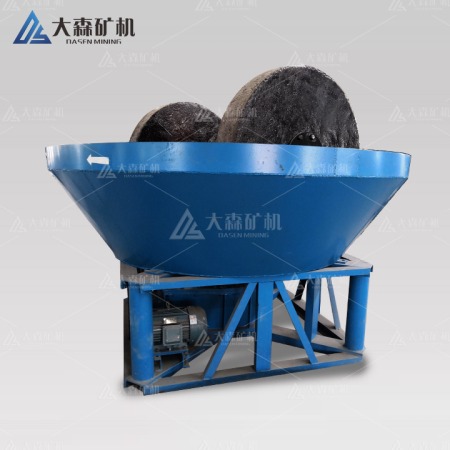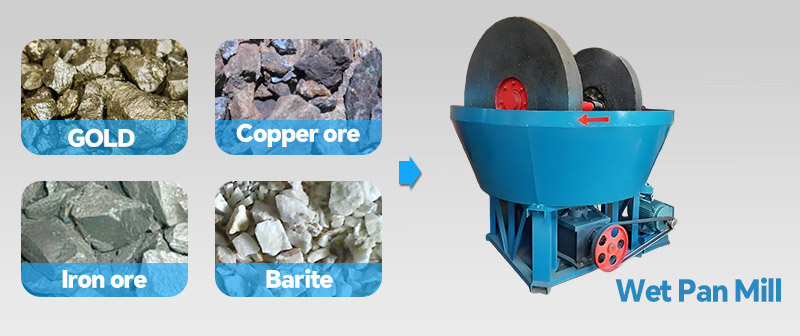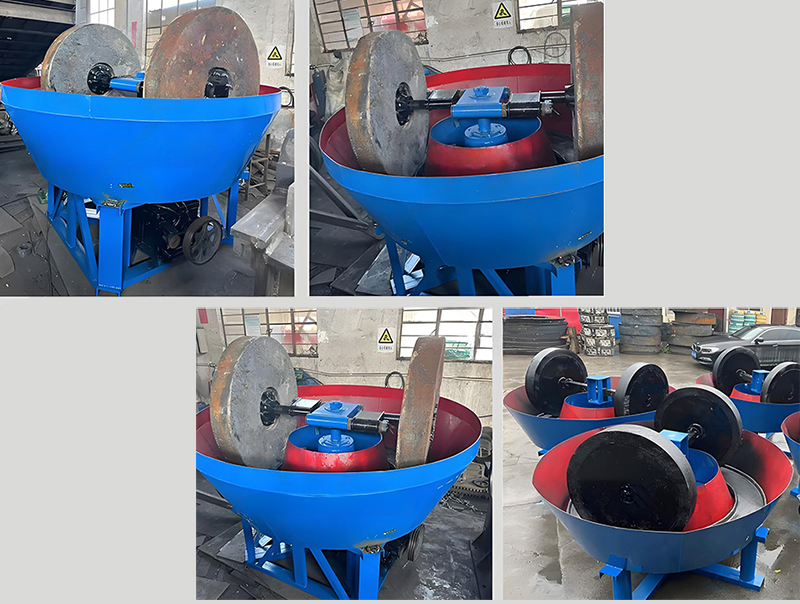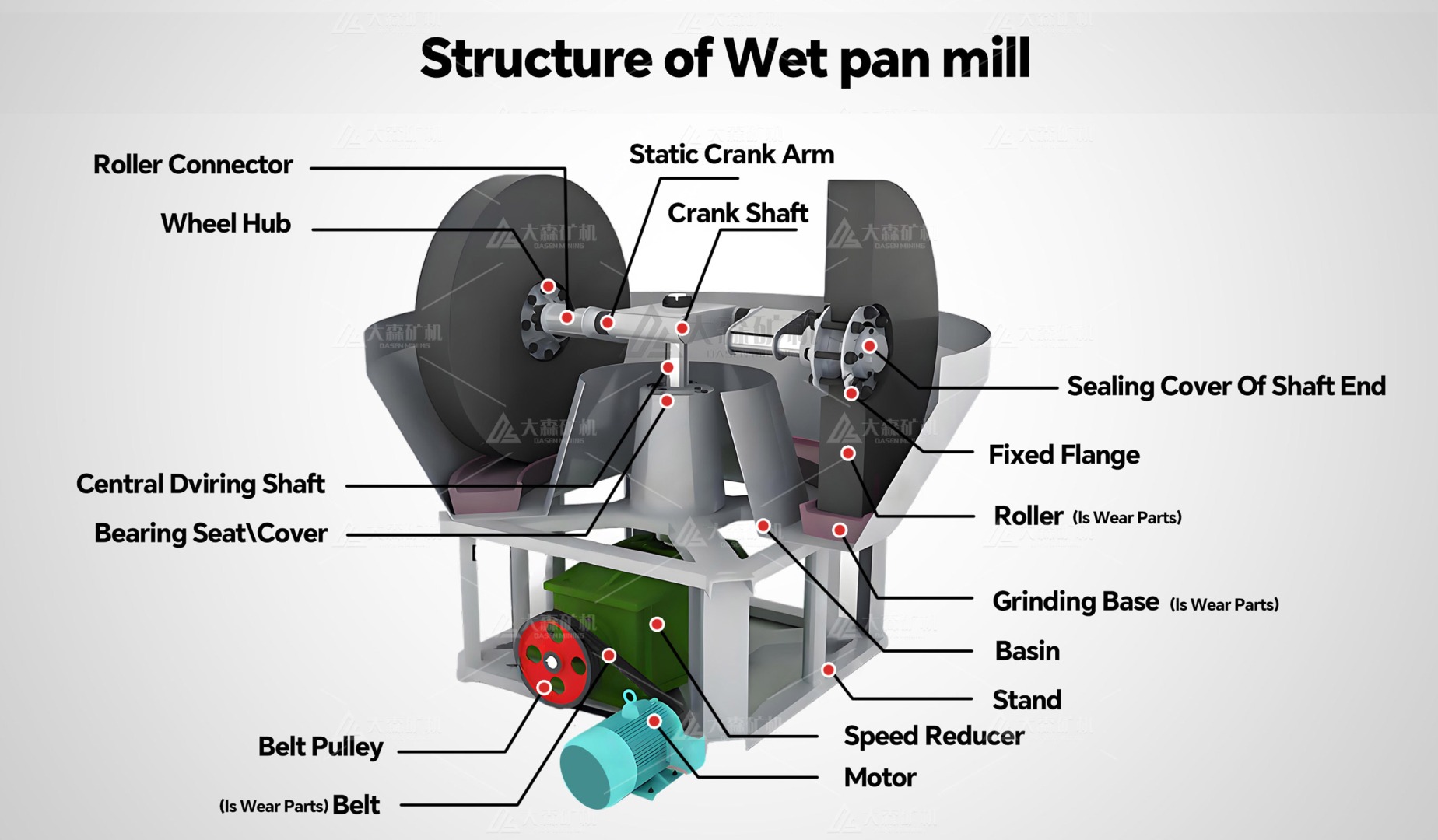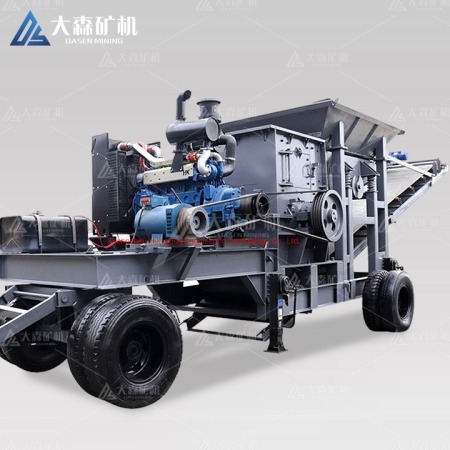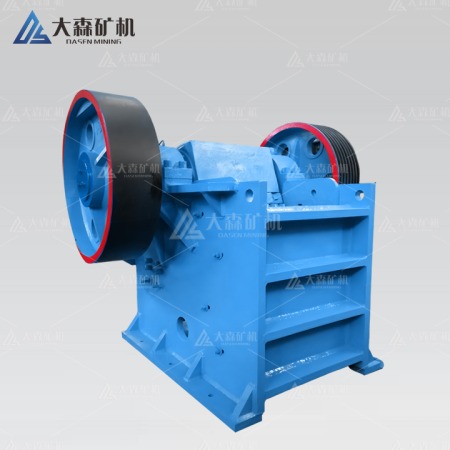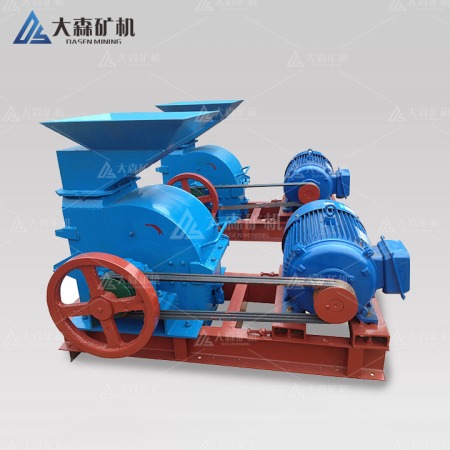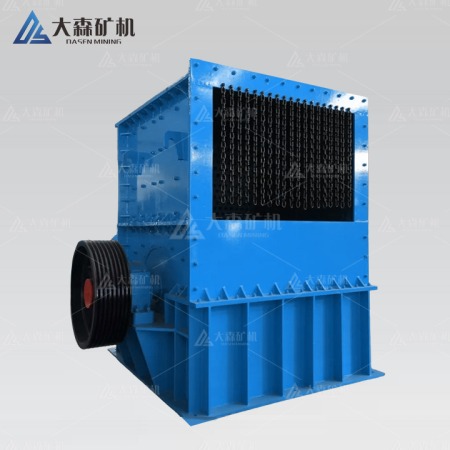Description
Name: mill, wet gold mill, wet pan mill, wheel wet pan mill
Feed particle size: >25mm
Motor power: 2.2-7.5KW
Production capacity: 0.2-1T/H
Materials used: gold, silver, lead, zinc, iron, copper, antimony, etc.
Structure: It is composed of power unit, frame, water basin, roller, roller and other components.
Gold Pan Mill operations can be categorized into four primary types: gold, amalgamation, iron, and electric mills. Historically, the stone mill has evolved into the modern wet mill through technological advancements. This versatile equipment is employed in the grinding, beneficiation, and processing of a wide range of materials, including ferrous and non-ferrous metals, non-metallic minerals, as well as precious metals like gold and silver.
Gold Rolling Machine (Wet Pan Mill)
A gold rolling machine, also known as a wet rolling machine or wheel rolling machine, is a crucial piece of equipment in various industries. Primarily used for the grinding of both dry and wet materials, it finds applications in sectors such as cement, silicates, building materials, refractories, fertilizers, ferrous and non-ferrous metal beneficiation, and ceramics.
Designed for processing materials previously crushed by ball or gold mills, this machine excels in handling a wide range of ores including gold, silver, lead, zinc, iron, molybdenum, copper, and antimony. Its simple installation, low maintenance, high output, and cost-effective operation make it a preferred choice.
The gold rolling machine operates by repeatedly stirring, rolling, and crushing raw materials, resulting in a product with optimal moisture balance, uniform consistency, and minimal air content. This process enhances forming rate and quality, producing dense, strong, and pore-free materials with high density.
Beyond its core function, this equipment plays a vital role in recovering valuable resources from iron ore tailings. By effectively processing iron ore powder, it contributes to sustainable and efficient resource utilization.
Working Principle
The machine’s motor powers a V-belt connected to a reducer. The reducer’s small bevel gear drives a larger gear, causing the grinding disc to rotate counterclockwise. This rotation drives the turntable in the opposite direction. Raw materials are homogenized through the action of inner and outer scrapers.
Floating rollers, positioned on a beam, are rotated by friction with the raw materials. This friction-induced rotation subjects the materials to a repetitive process of squeezing, crushing, and breaking until the desired particle size is achieved. A discharge scraper is lowered to allow the processed materials to overflow the plate, completing the mixing and stirring process.
Gold Selection Process
Gold is extracted from the wet pan mill using the following procedure:
- Initial Setup: After installing and commissioning the gold rolling machine, introduce approximately 5 kilograms of mercury to the tank base and start the machine.
- Daily Gold Collection: For each shift, collect 1 kilogram of gold-bearing sand and mix it with 1 kilogram of mercury. Transfer this amalgam to the gold extraction equipment. Separate the mercury from the gold using a dense red cloth. The gold remains in the cloth after wringing.
- Mercury Recycling: Begin each shift with one kilogram of mercury. Employ a gold-trapping cloth or blanket, followed by a mercury plate to capture any residual gold.
| Model | Roller diameter*thickness/roller diameter*width*thickness(mm) | Feed particle size(mm) | Rotating speed(r/min) | Power(kw) | Output(tpd) | Weight(t) |
| 1600*A | 1600×400/2100×500*180±20 | <30 | 18-20 | Y6–37 | 80 | 14.5 |
| 1500*A | 1500×400/2100×500*180±20 | <30 | 18-22 | Y6–30 | 50 | 13.5 |
| 1500*B | 1500×350/2050×4500*150±20 | <30 | 18-22 | Y6–22 | 50 | 12.3 |
| 1500*C | 1500×300/2050×400*150±20 | <30 | 18-22 | Y6–22 | 45 | 11.3 |
| 1400*A | 1400×250/2050×350*150±20 | <30 | 18-22 | Y6–15 | 35 | 8.5 |
| 1400*B | 1400×300/2050×400×150±20 | <30 | 18-21 | Y6–18.5 | 35 | 8.3 |
| 1350*A | 1350×250/2000×350×150±20 | <30 | 18-22 | Y6–15 | 25 | 8 |
| 1300*B | 1300×250/2000×350×150±20 | <30 | 18-22 | Y6–11 | 18 | 7.5 |
| 1200*A | 1200×200/1800×250×100±10 | <30 | 11-19 | Y6–7.5 | 15 | 7.5 |
| 1200*B | 1200×180/1800×250×100±10 | <30 | 11-19 | Y4–7.5 | 15 | 5.5 |
| 1100*A | 1100×200/1800×250×100±10 | <30 | 11-19 | Y6–7.5 | 10 | 5.5 |
| 1100*B | 1100×180/1800×250×80±10 | <30 | 11-19 | Y4–5.5 | 10 | 5 |
| 1000* | 1000×200/1800×250×80±10 | <30 | 11-19 | Y4–5.5 | 6 | 4.5 |
| 900*A | 900×170/1700×220×45±10 | <20 | 11-13 | Y4–3 | 4 | 2.9 |
| 900*B | 900×140/1700×170×45±10 | <20 | 11-13 | Y4–3 | 4 | 2.6 |
Advantages:
- User-friendly and accessible: The equipment is remarkably simple to operate, requiring no specialized training. This makes it suitable for a wide range of users.
- Compact and efficient: With its low power consumption and small footprint, the device can be seamlessly integrated into existing workflows without disrupting operations.
- High performance and durability: Constructed from cast iron, the equipment offers robust performance and longevity. Its heavy-duty design enables efficient fine grinding of ore, facilitating mineral monomer dissociation.
- Portable and flexible: The equipment can be easily disassembled for transport through narrow spaces, providing flexibility in deployment and operation.
We can provide you with more information about Gold Ore Plant Solution. If you have any questions, please contact:
Whatsapp:+86 133 1927 7356
Email:[email protected]

